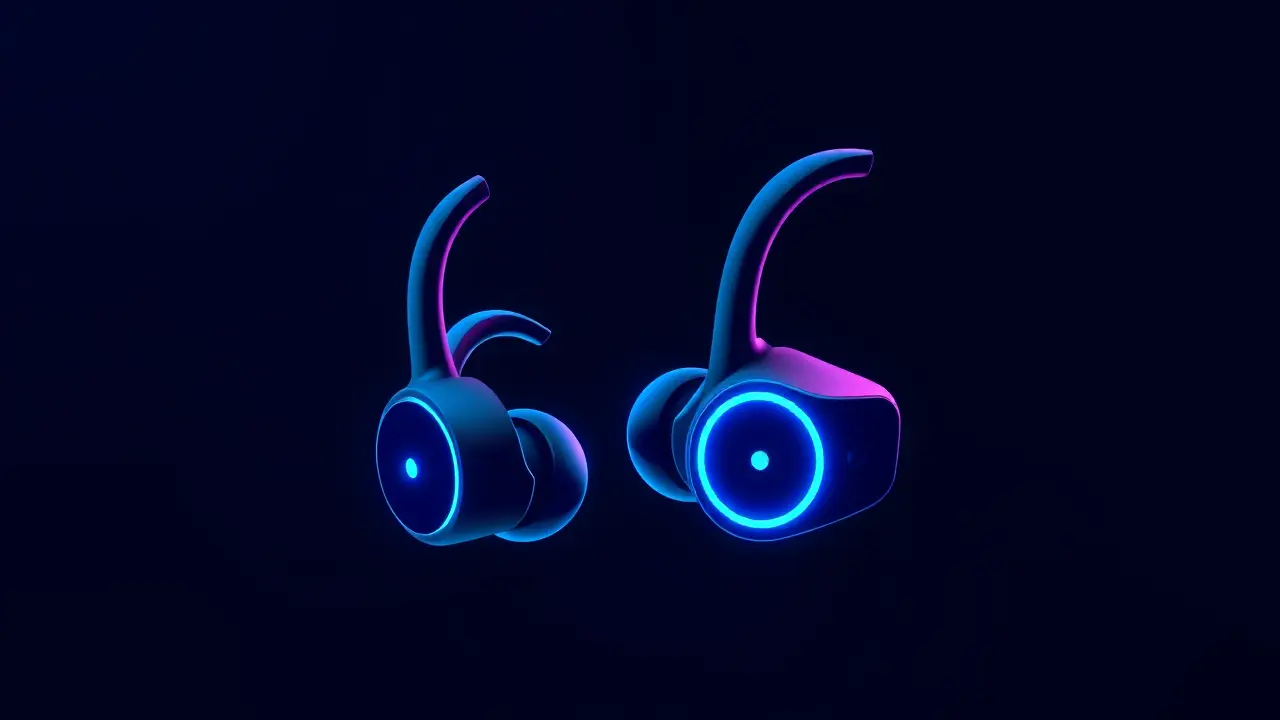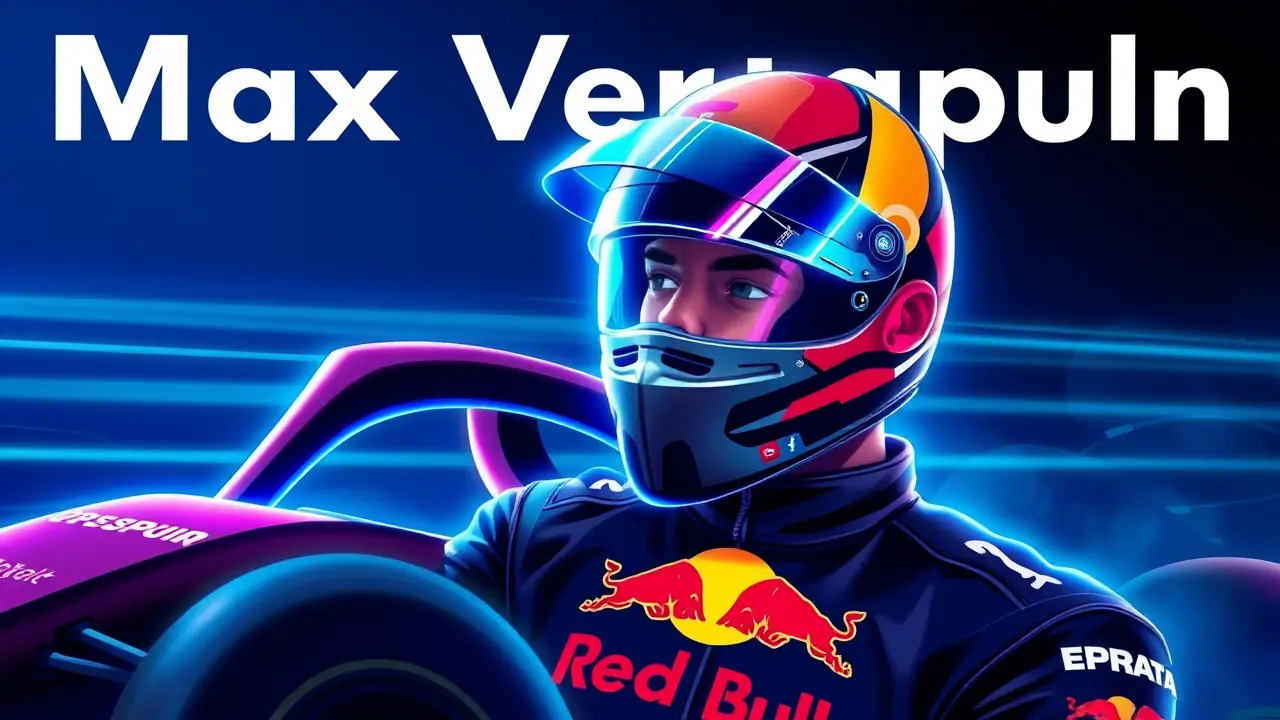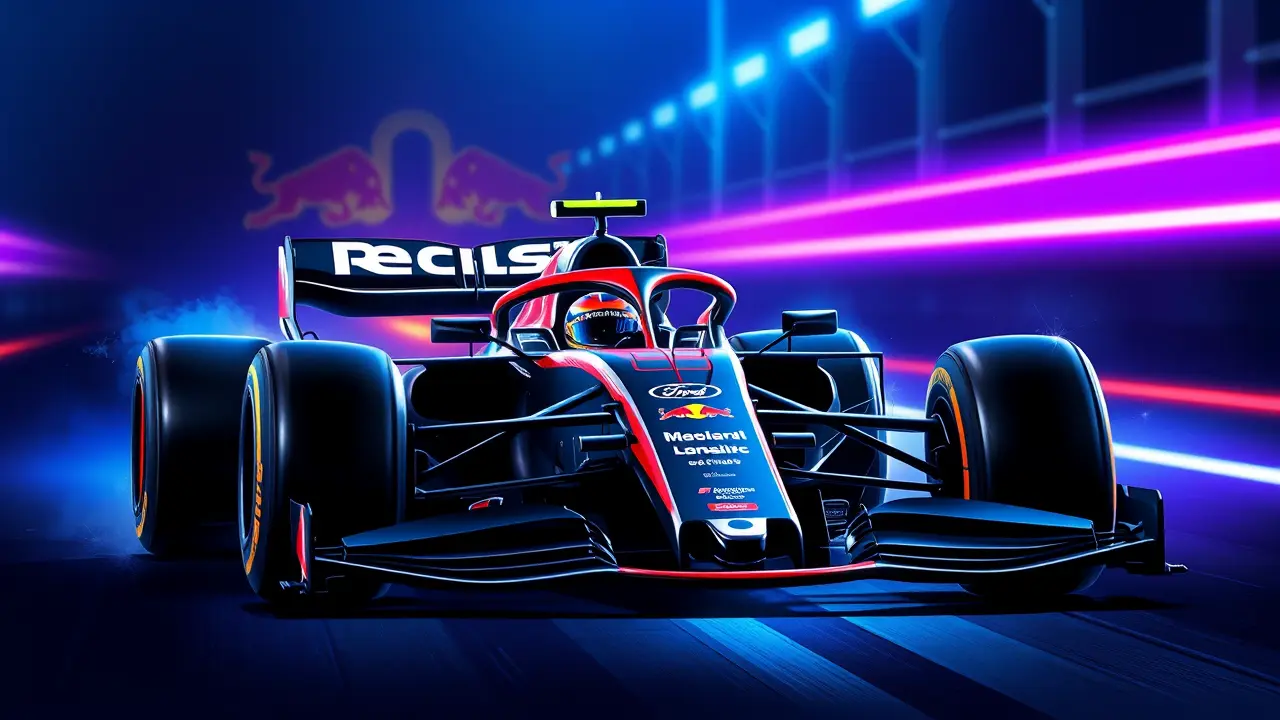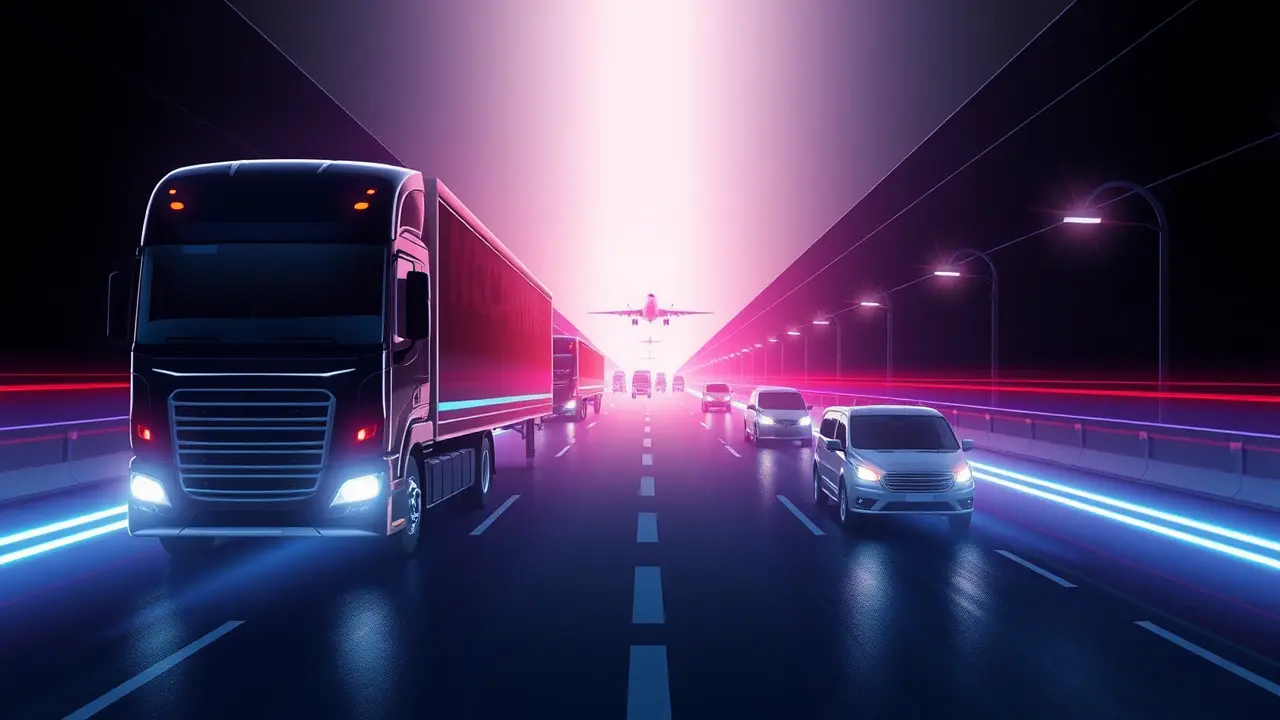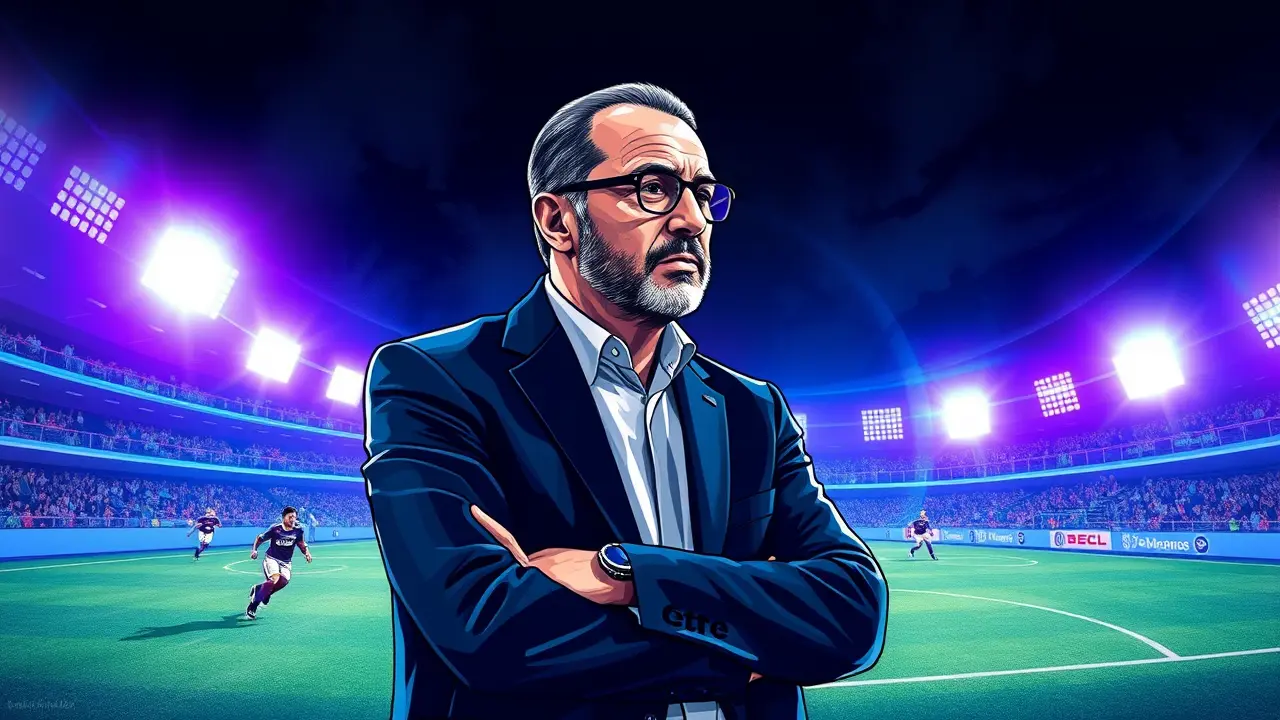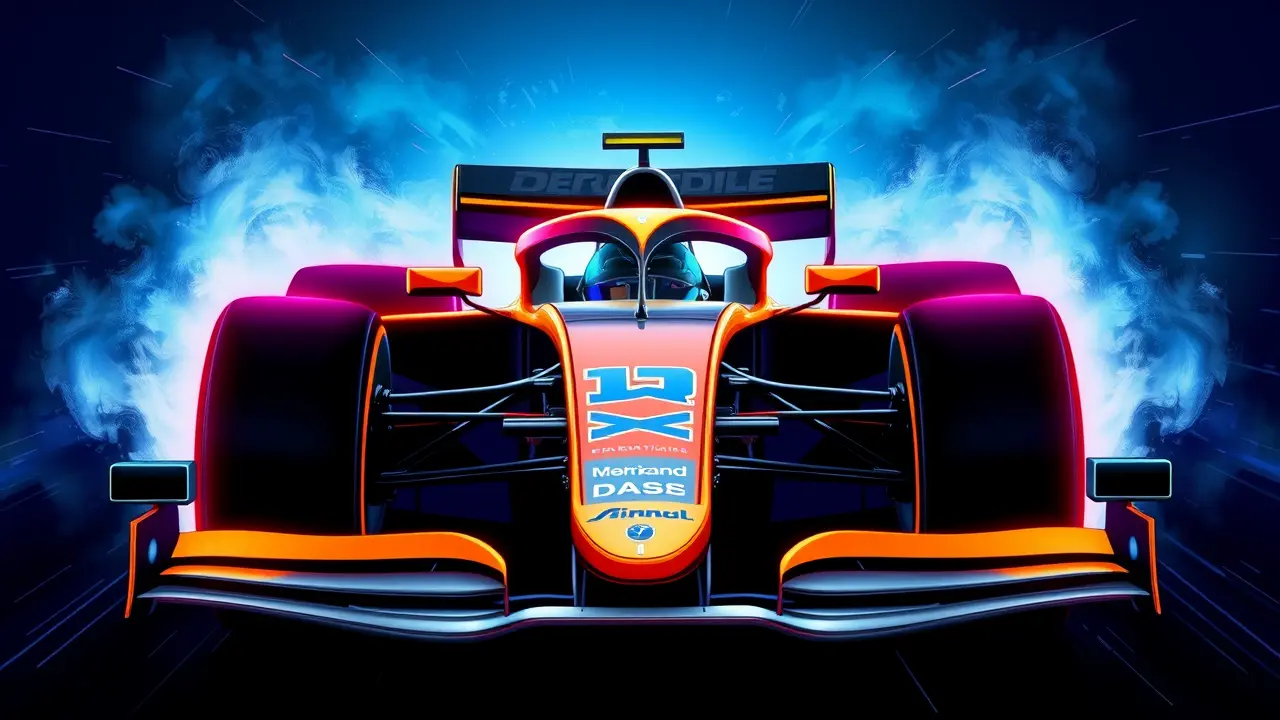
SportmotorsportFormula 1
Lando Norris Explains Removing Lap Delta Data for Better Performance.
JA
Jack Turner
5 hours ago7 min read
In the high-stakes, data-saturated world of Formula 1, where drivers are inundated with thousands of data points streaming onto their steering wheels, McLaren's Lando Norris has made a counter-intuitive yet masterful decision: he has turned off the lap delta data. This revelation, first spotted by Autosport at the Monaco Grand Prix, is a profound shift in how a modern driver interfaces with the relentless stream of information.The lap delta, that ever-present number showing the difference to a benchmark lap time, is gone. The raw lap time remains, but the constant, judgmental comparison—the digital ghost of his best self—has been silenced.Norris, in a move that feels more philosophical than technical, explained his reasoning after snatching a stunning pole position for the Mexican Grand Prix, a performance that silenced any doubters and validated his unique approach. 'Who knows if it helps me or makes it worse?' he mused, capturing the essential gamble of his choice.'I think it's the fact that when I don't have the delta, I'm just attacking no matter what—regardless of how the first part of the lap was or how any corner was. ' This isn't merely a preference; it's a fundamental recalibration of the driver's mindset.In an era where engineers often dictate pace and strategy from the pit wall, Norris has clawed back a piece of pure, unadulterated instinct. He elaborated that without the precise understanding of where he stands sector by sector, he is forced to attack every single corner as if it's the one that will make or break the lap.There's no room for conservation, no subconscious easing off if the delta shows he's already a tenth up, no desperate over-pushing if he's a tenth down. It’s a return to a purer form of racing, reminiscent of legends like Ayrton Senna, who spoke of driving beyond the limits and feeling the car through a visceral, almost spiritual connection, rather than being guided by a flickering screen.The psychological burden of the data is immense. Norris admitted, 'Sometimes I stared at that thing for too long—and that's not a good thing.' This constant monitoring can lead to a phenomenon known as 'choking,' where analytical overthinking disrupts the fluid, subconscious performance of a highly skilled athlete. By removing the digital crutch—or distraction—Norris is forcing his brain to operate in a state of flow, where reaction and feel take precedence over calculation.The result, as seen in Mexico, can be breathtaking. When a driver is liberated from the tyranny of the delta, a perfect lap doesn't feel like a meticulously assembled puzzle; it arrives as a 'nice surprise,' a burst of euphoria when the time flashes up on the board.This decision places Norris in a fascinating conversation about the role of technology in sport. Formula 1 is the pinnacle of motorsport engineering, a world where gains are measured in thousandths of a second and aerodynamic surfaces are tweaked based on computational fluid dynamics simulations.Yet, here is a top driver consciously rejecting a core piece of that technological arsenal in favor of human intuition. It’s a bold statement that the most important component in a Formula 1 car remains the person sitting in the cockpit.This isn't to say data is unimportant; the McLaren engineers still have access to every conceivable metric, and Norris still uses other information. But he has identified a specific data point that, for him, creates more noise than signal.It’s a lesson in personalized performance optimization, a recognition that what works for one driver, like the methodical Lewis Hamilton or the relentlessly consistent Max Verstappen, may not work for another. Norris’s style has always been characterized by a flamboyant, on-the-edge aggression, and this change seems to amplify his natural strengths.The broader implications are significant. Will other drivers follow suit? Could we see a mini-revolution where drivers start curating their own data feeds, stripping away information to enhance performance rather than simply adding more? In a sport constantly seeking an edge, Norris may have just demonstrated that sometimes, the ultimate upgrade isn't about adding more technology, but about having the courage to switch part of it off. His pole in Mexico is not just a triumph of speed, but a validation of a unique and deeply human approach to mastering the most technologically advanced sport on Earth.
#featured
#Lando Norris
#McLaren
#Formula 1
#steering wheel data
#qualifying
#performance
#strategy
#Mexican Grand Prix
Stay Informed. Act Smarter.
Get weekly highlights, major headlines, and expert insights — then put your knowledge to work in our live prediction markets.
Related News
© 2025 Outpoll Service LTD. All rights reserved.

